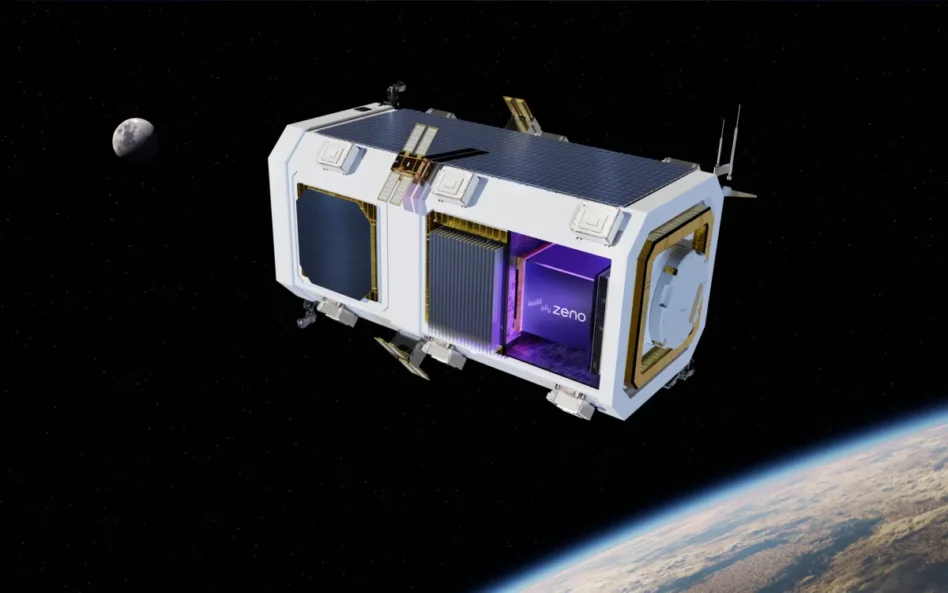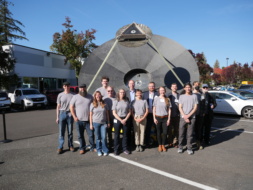Nuclear energy company Zeno Power announced a major step forward on Friday in its bid to provide atomic power for civil and commercial missions to deep space.
The company established a public-private partnership with the Department of Energy to repurpose nuclear waste into electricity for spacecraft. DOE recently transferred strontium-90 to a commercial nuclear facility, where Zeno Power will recycle the material for its systems, which convert the heat from the decay of unstable radioactive isotopes into electricity.
Nuclear battery 101: NASA’s deep space missions already rely on nuclear batteries, which use radioisotopes (historically, plutonium-238) to generate heat and electricity for long time periods, making them well-suited to cold dark areas with no readily available energy source, such as deep space.
The Energy Department is only making enough plutonium-238 right now for NASA’s major exploration endeavors, according to Tyler Bernstein, CEO and cofounder of Zeno Power. To help support the growing commercial interest in deep space, especially the Moon, Bernstein’s company is relying on strontium-90, a different radioisotope that has only been used on Earth because the power generated has been too low relative to the heavy mass, making it impractical for space.
Unique tech: Zeno Power’s unique tech will allow strontium-90 to be used in orbit, Bernstein said. A lab test in October confirmed that the company’s novel lightweight heat source technology enables it to be used in space—a domain previously inaccessible for these systems due to mass constraints.
The company already has contracts with NASA and the Space Force, but Bernstein told Payload he’s “optimistic” about the commercial opportunities, especially as more private companies head to the Moon, where 14 days of darkness during the lunar night and permanently shadowed regions can make using solar arrays impossible.
“Once we see multiple successful lunar landings, which I fully hope and intend to see this year, that is going to be a step change in the growth of the commercial industry, particularly on the lunar surface,” Bernstein said. “People are going to realize quite quickly that paying $80M to last for 14 days on the lunar surface is not the best use of their money, and adding on a radioisotope power system that allows it to operate for five years is going to be critical.”
What’s next: The startup is aiming to launch a demo mission in 2025 and bring the tech to market the following year.




